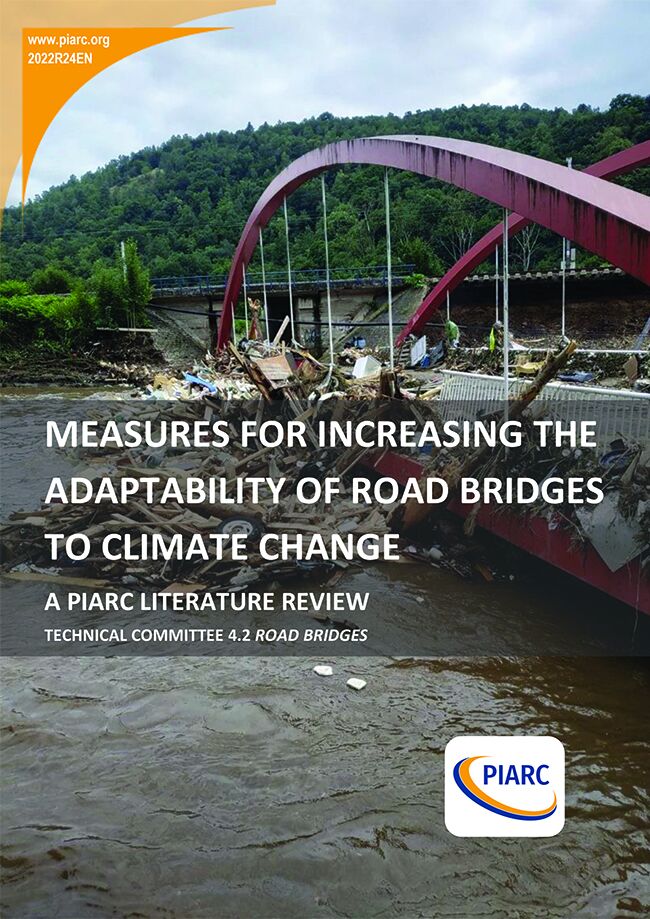Measures for Increasing the Adaptability of Road Bridges to Climate Change - Literature Review

The IPCC (Intergovernmental Panel on Climate Change) Working Group 2 report states that changes in climate have caused impacts on natural and human systems on all continents and across the oceans. Key risks from climate change are typically defined as warming trend, extreme temperature, precipitation, extreme precipitation, drying trend, and sea level rise. The impacts of climate change will be regional and depend on the level of adaptation and mitigation achievable. Transportation infrastructure is an engineered part of human systems and should be designed to withstand and adapt to climate change.
A literature survey was carried out to compile recent information on climate change risks to bridges and support the development and maintenance of climate-resilient bridges. The survey showed that effects of climate change on bridges can be numerous. The most significant effects that bridge engineers must consider are increasing temperature and precipitation, increases in both the number of events and the magnitude of the events, and sea level rise.
Bridge standards and manuals are increasingly including considering the risks associated with climate change. Because transportation infrastructure is exposed to different climate change risks, design provisions vary by region and country. A number of State Department of Transportation in the USA have developed bridge design manuals for at-risk bridges. The USA’s Federal Highway Administration (FHWA) has also issued design manuals and guidelines for the planning, design and operation of highways in river and costal environments. Likewise, Europe and Canada are also developing design standard for climate change adaptation.
A literature survey performed using Google scholar showed that a limited number of research papers and reports are published on the climate change risk and adaptation strategies for highway bridges. The increase in maximum temperature, extreme precipitation events, and sea level rise will have a strong impact on durability, serviceability, safety, and functionality of bridges. Suggested adaptation strategies to accommodate climate change risks include replacement of expansion joints, upgrade of drainage systems, alteration of design-storm criteria, and relocation of bridges. Bridge managers and maintenance agencies must be aware of the risks of climate change and employ adaptation measures to reduce vulnerability and increase the resilience of bridges.
Information sheet
- Date: 2022
- Author(s): Comité technique / Technical Committee / Comité Técnico 2020-2023 4.2 Ponts / Bridges / Puentes
- Domain(s): Environment
- Type: Literature Review
- PIARC Ref.: 2022R24EN
- ISBN: 978-2-84060-710-6
- Number of pages: 13